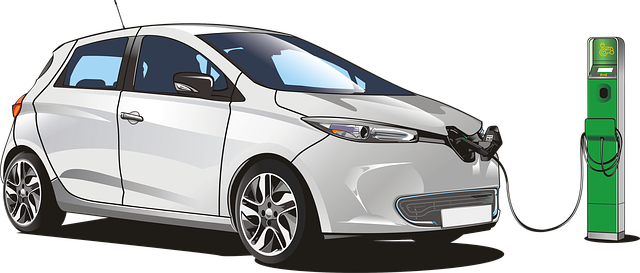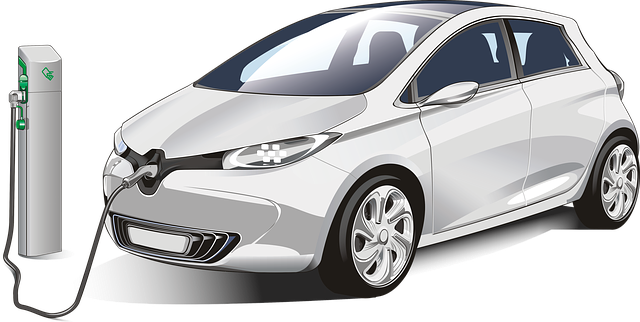Electric vehicles (EVs) have gained significant traction worldwide as a sustainable solution to reduce greenhouse gas emissions and dependence on fossil fuels. While their adoption has been prominent in urban areas, rural regions often face unique infrastructure challenges when it comes to the integration of EVs and the grid. Limited charging infrastructure, grid capacity constraints, and connectivity issues are among the main obstacles that need to be addressed to accelerate EV adoption in rural areas. This article explores these challenges and discusses potential strategies to overcome them.
Limited Charging Infrastructure:
One of the primary challenges in rural areas is the lack of an extensive charging infrastructure network. Unlike urban regions, where public charging stations are often readily available, rural areas often have limited or no charging facilities. This scarcity makes it inconvenient for EV owners to charge their vehicles regularly, which can hinder adoption rates. To overcome this challenge, collaborative efforts between government agencies, utility companies, and private investors are essential. Encouraging private investments in charging infrastructure, providing incentives to businesses to install charging stations, and integrating charging infrastructure with existing facilities such as gas stations or rest areas can help alleviate this issue.

Grid Capacity Constraints:
Rural areas generally have a less robust electricity grid infrastructure compared to urban centers. This can lead to grid capacity constraints, especially when a significant number of EVs are connected to the grid simultaneously for charging. To address this challenge, grid upgrades and reinforcement are necessary. Investments in distribution infrastructure, such as transformers and power lines, can enhance the grid’s capacity to handle increased electricity demand. Additionally, implementing smart charging technologies and demand-response programs can help manage and distribute the charging load efficiently, avoiding excessive strain on the grid.
Connectivity Issues:
Another hurdle for EV adoption in rural areas is the limited connectivity for data transmission between EVs, charging stations, and the grid. Real-time communication between these entities is crucial for optimal charging, load management, and integration with renewable energy sources. To overcome connectivity challenges, rural areas can benefit from initiatives aimed at improving broadband internet access. Government funding, partnerships with telecommunications providers, and deployment of advanced communication technologies can enhance connectivity in rural regions, facilitating efficient grid integration of EVs.
Utilizing Renewable Energy Sources:
Rural areas often possess abundant renewable energy resources, such as wind and solar power. Integrating EV charging infrastructure with these local renewable sources can provide multiple benefits. Firstly, it reduces carbon emissions by leveraging clean energy for vehicle charging. Secondly, it reduces strain on the grid by utilizing distributed generation, reducing transmission losses and enhancing energy resilience in rural areas. Implementing policies and incentives that encourage the installation of renewable energy systems and the integration of EV charging infrastructure with these sources can be a viable strategy.

Community Engagement and Education:
Successful integration of EVs in rural areas requires community engagement and education initiatives. Many rural residents may have limited knowledge and misconceptions about EVs and their benefits. Launching awareness campaigns, organizing community events, and providing educational resources can help dispel myths and promote the advantages of EV adoption. Additionally, involving local communities in the planning and decision-making processes regarding charging infrastructure deployment can foster a sense of ownership and ensure the infrastructure meets the specific needs of the area.
Conclusion:
Overcoming infrastructure challenges is vital to facilitate the integration of electric vehicles and the grid in rural areas. The limited charging infrastructure, grid capacity constraints, connectivity issues, and the need to harness local renewable energy sources are the main obstacles to address. Collaboration among stakeholders, including government entities, utility companies, private investors, and local communities, is crucial to find sustainable solutions. By implementing strategies such as expanding charging infrastructure, upgrading the grid, improving connectivity, leveraging renewable energy, and fostering community engagement, rural areas can overcome these challenges and pave the way for the widespread adoption of electric vehicles, leading to a greener and more sustainable transportation future.

